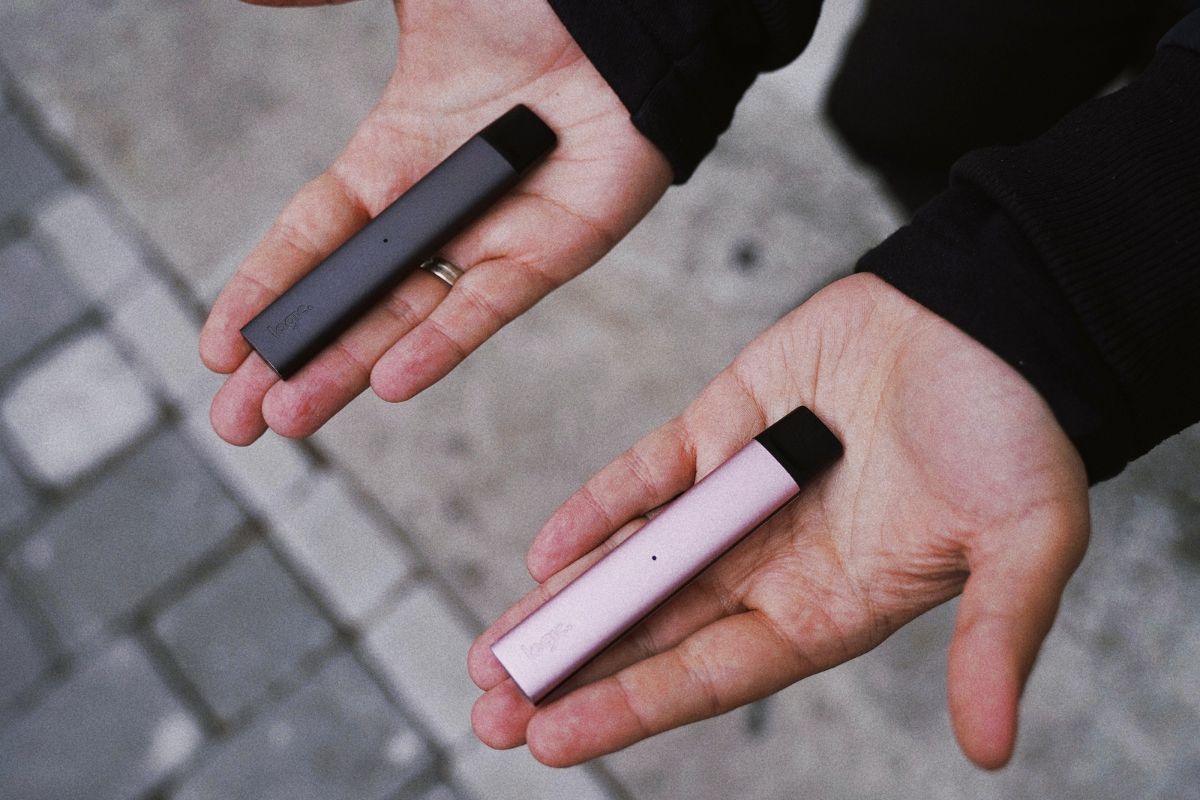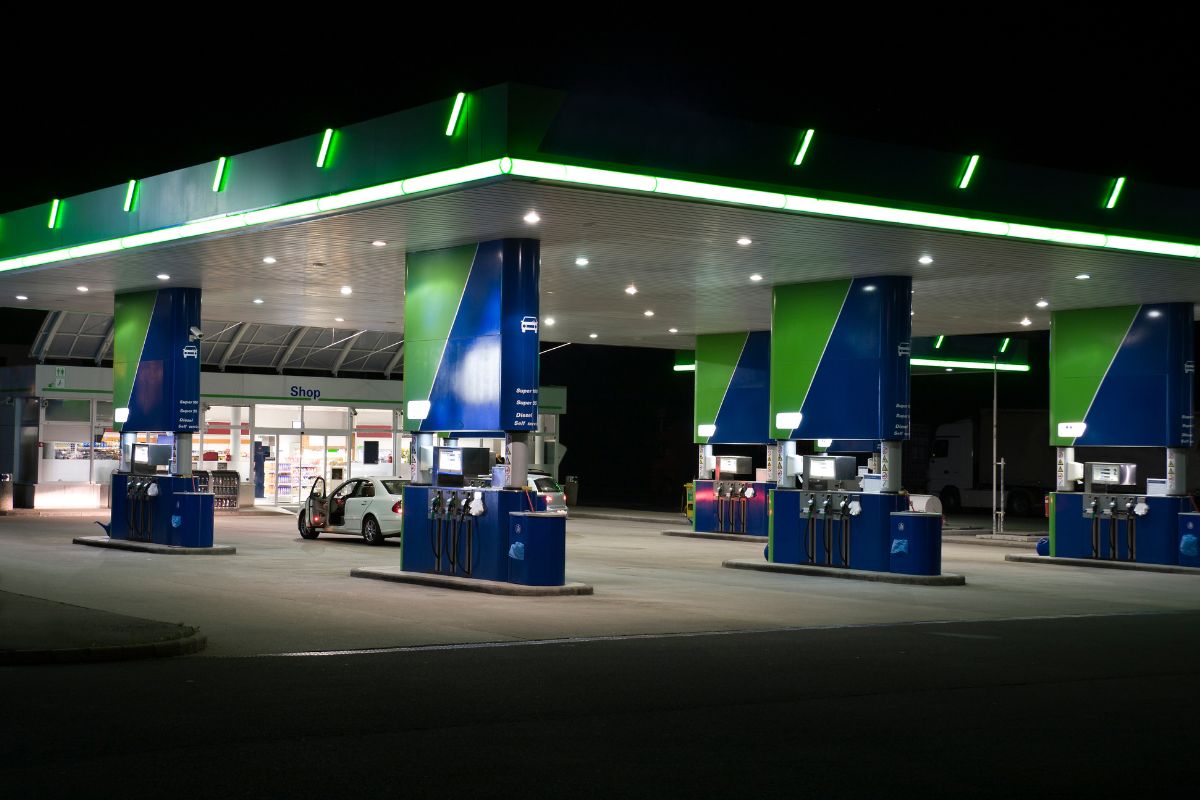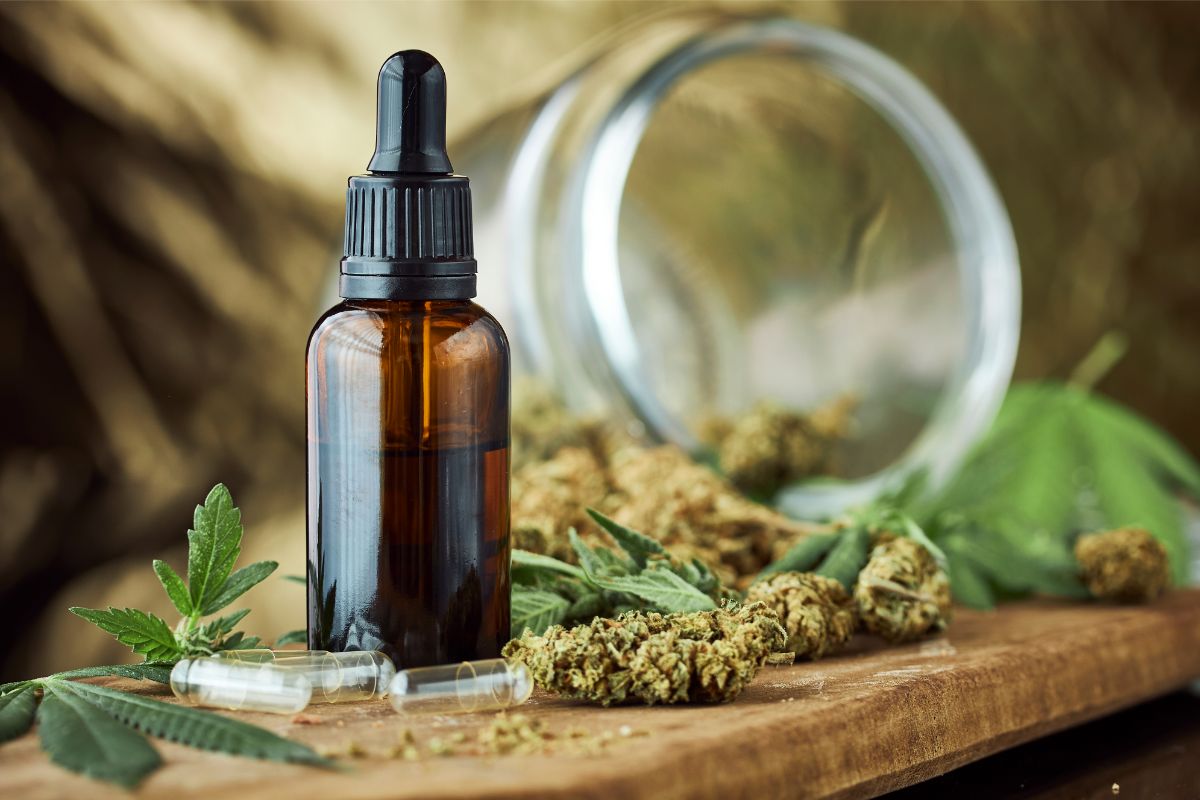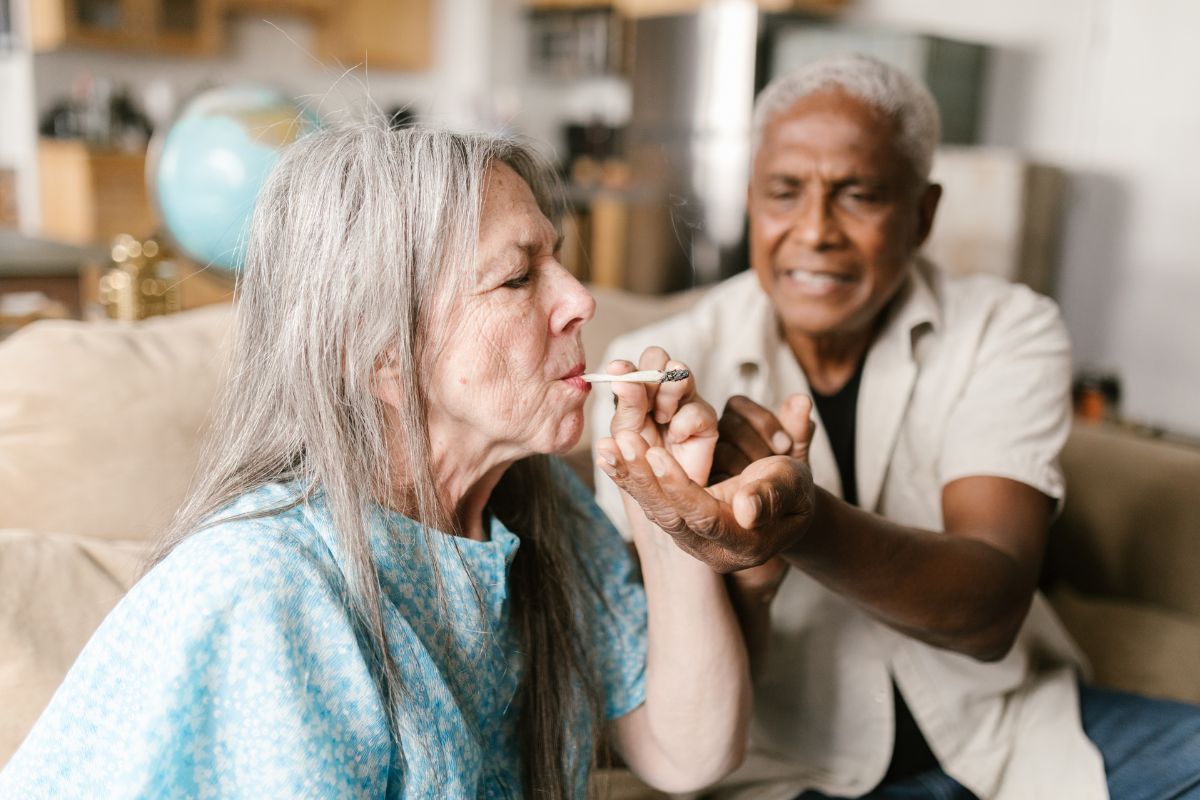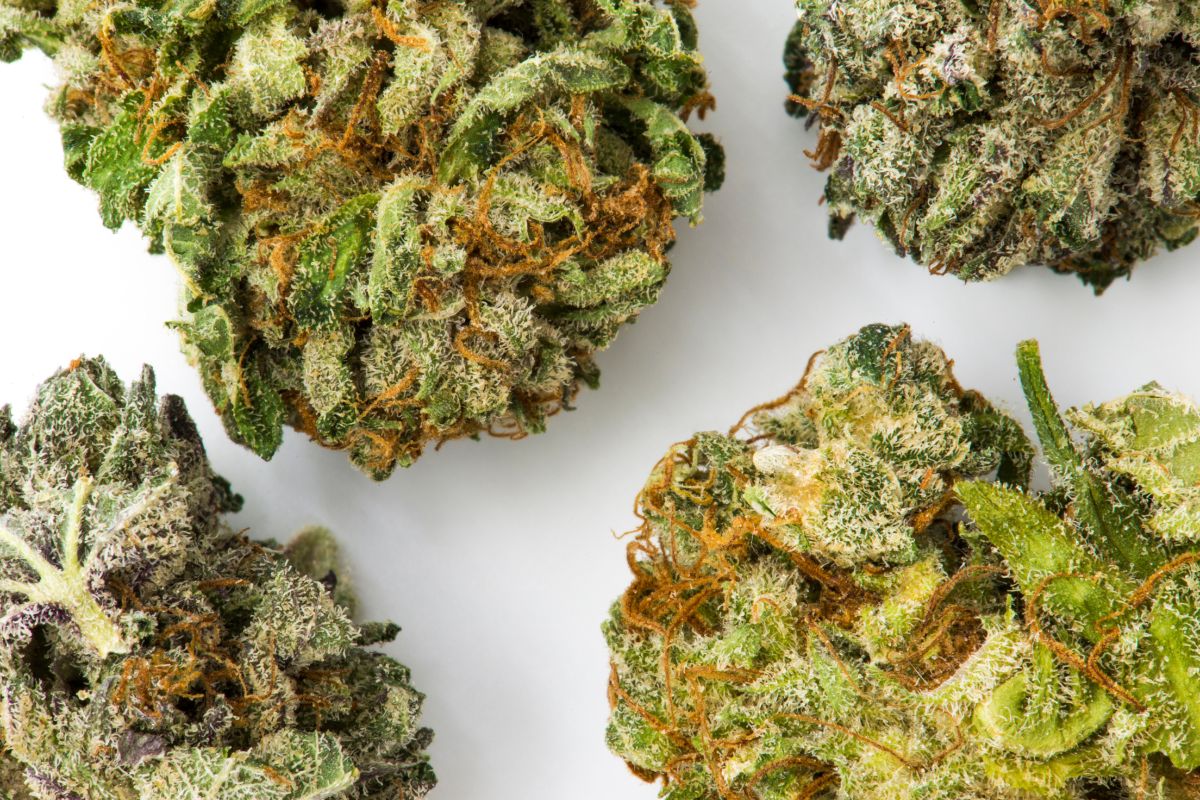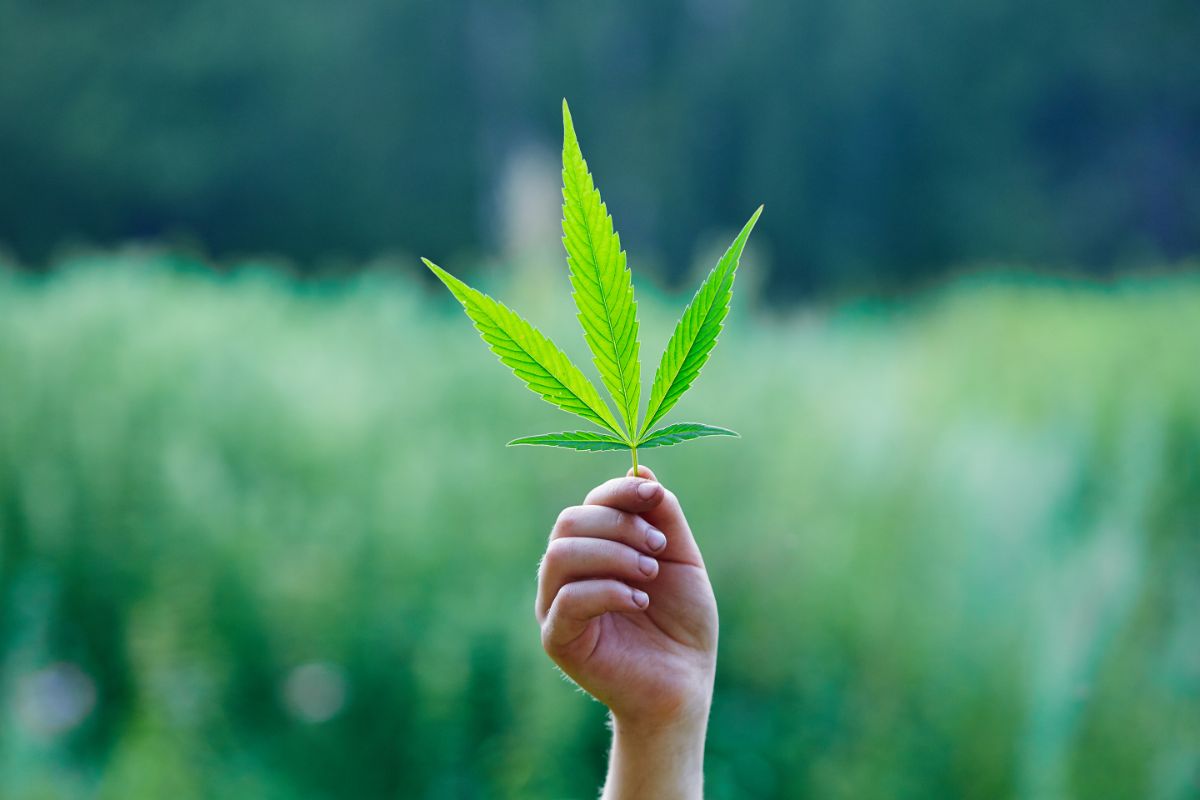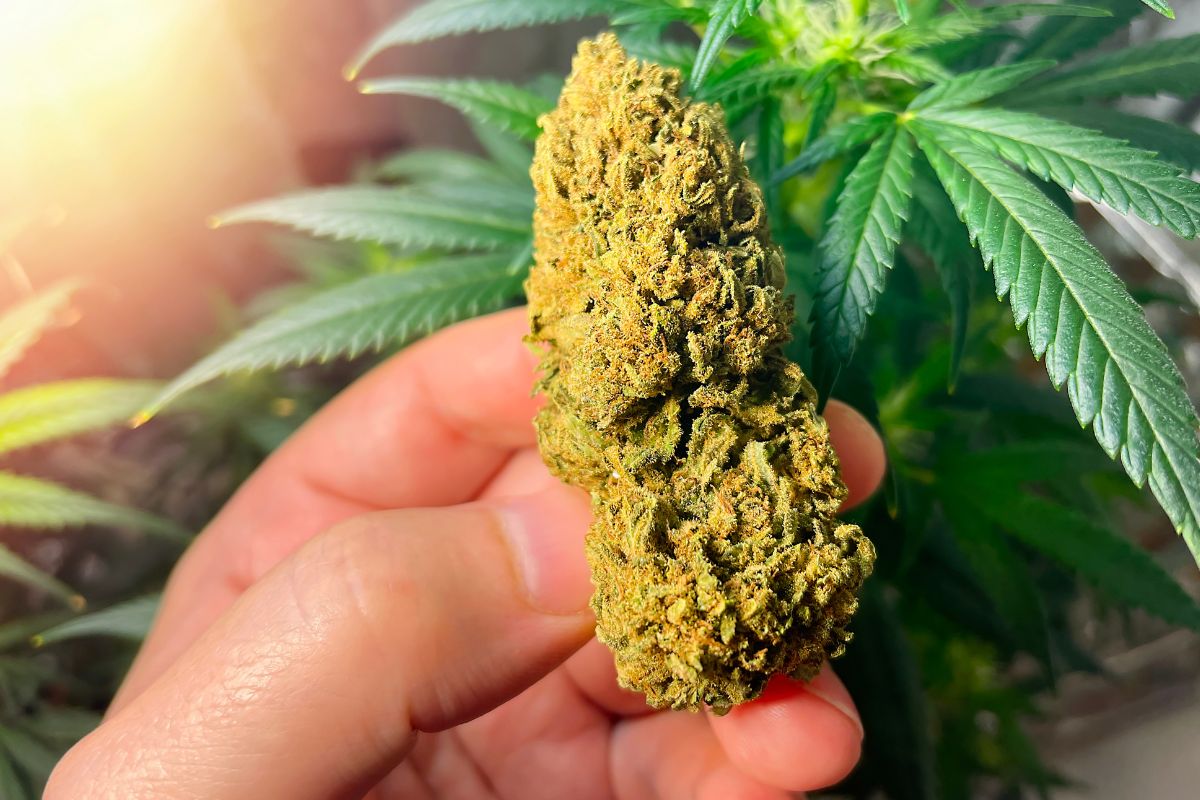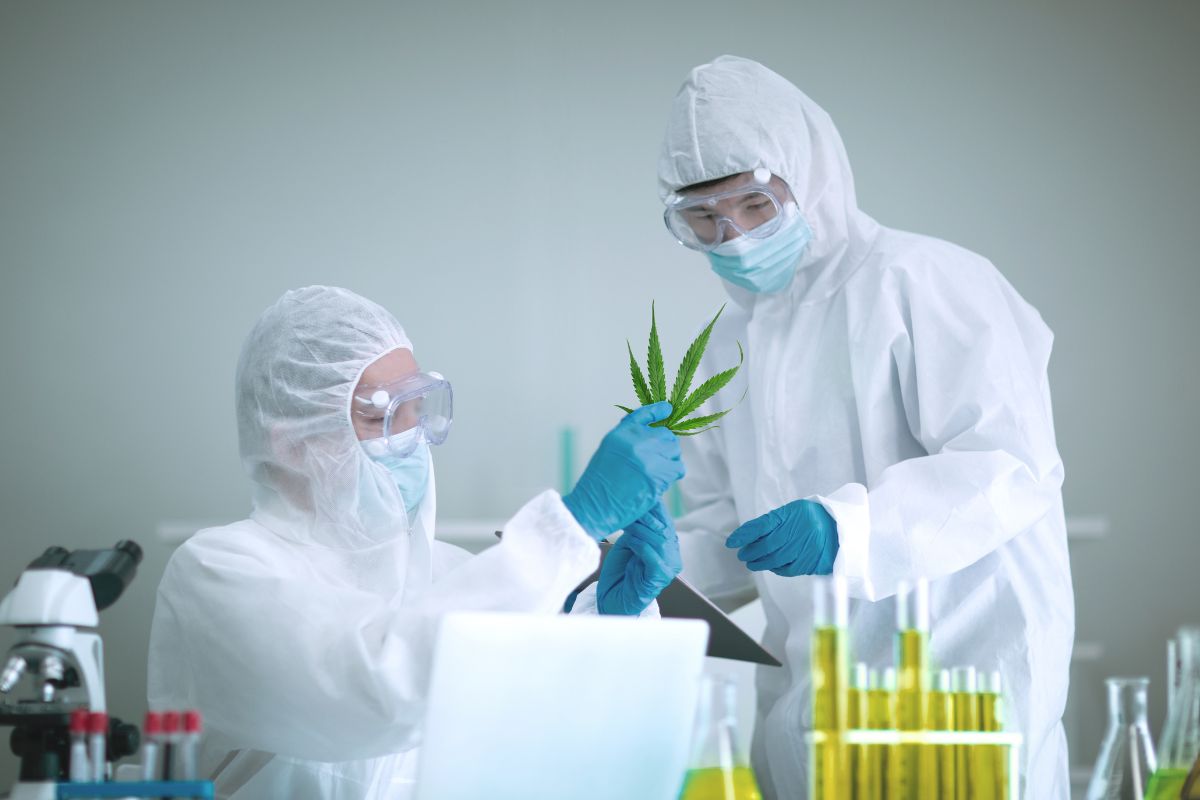Hemp is one of the most adaptable crops out there; it is used in the manufacture of so many products, from CBD hash and oil to textiles and biofuel. It’s an industry product as well as one for personal use.
If you’re interested in using hemp for any reason, you should know how to identify hemp buds and the key differences between hemp and cannabis.
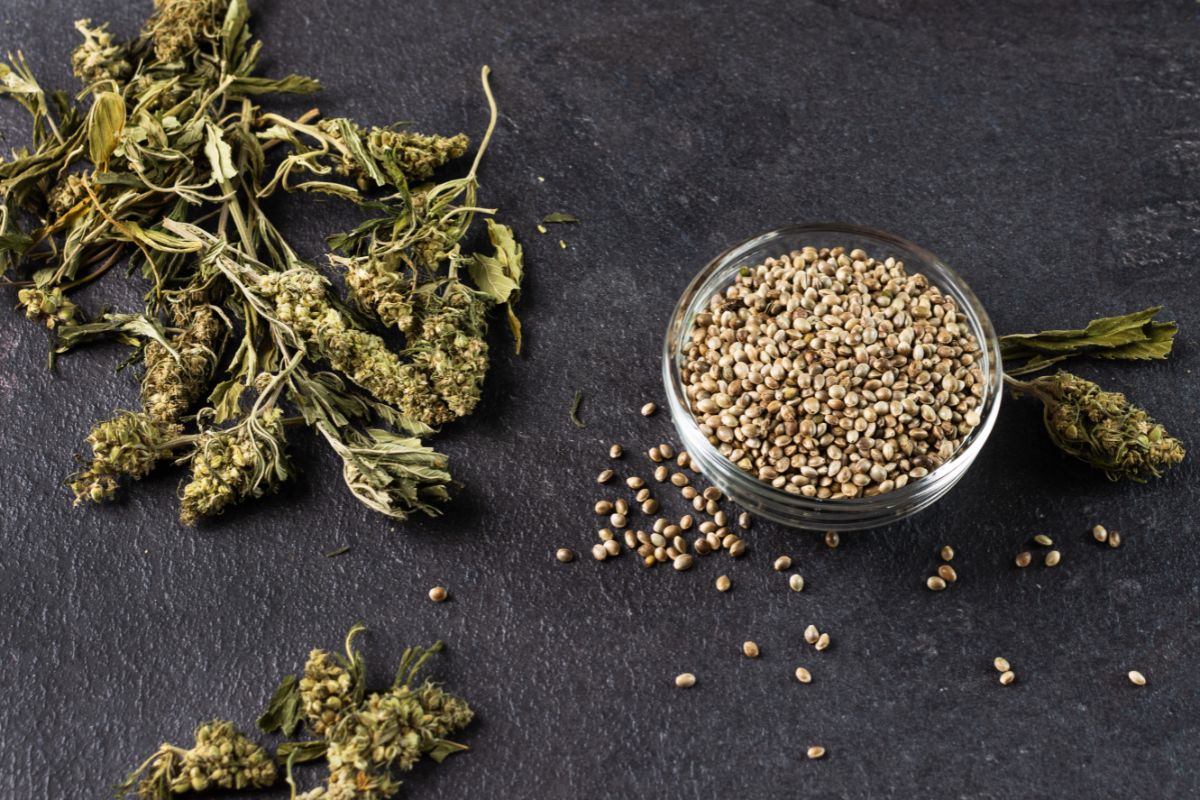
In this guide, we’ll show you how to do just that so you can reap the benefits of hemp.
What Are Hemp Buds?
Cannabis sativa nugs with less than 0.3% delta-9 THC are known as hemp buds.
With the exception of that one limitation, hemp buds can often have the same appearance, aroma, and flavor as cannabis.
The Difference Between Cannabis Plants And Hemp Buds
The THC content of hemp and cannabis plants is the main distinction between them.
The THC content found in marijuana is more than the legal limit, at more than 0.3%, compared to the THC content of the hemp plant, which is much lower.
While hemp buds and cannabis plants are very similar in appearance, there are some physical differences that are easy to spot once you know what they are.
Seeds
Hemp seeds have a diameter of two to three millimeters. In contrast to marijuana’s smaller, dark-brown seeds with tough outer shells, they are often a light shade of green and covered in thin, black hulls.
Leaves
The anatomy of hemp bud leaves is probably the most distinctive feature of the plant that can help someone differentiate them from a cannabis plant; specifically, the slender leaves with serrated edges in an inconsistent formation.
The color of these leaves ranges from green to purple to red, as opposed to the darker tints found in cannabis plants.
Stalk
Hemp and cannabis plants have notable differences in their stalks. For starters, hemp plants have long stalks that can reach a height of three meters and branch out at various joints.
These branches tend to grow upward rather than spread horizontally, staying closer to the actual hemp plant than cannabis.
Flower
Hemp flowers can be identified by their distinctive smell and appearance. They often have muted colors, ranging from pale green to brown, and are notably smaller and thinner than marijuana blooms.

How To Identify Hemp Buds
Now that you know the difference between hemp buds and cannabis plants, here is what you should take note of when trying to identify a hemp bud.
Crystallized Hair
Hemp buds have small, crystallized hairs that grow on the outside of them. Also known as trichomes, these hairs can often be seen at a glance, however, you may need a magnifying glass to see them.
If the buds have a frosted look to them, or you can see a lot of crystallized hairs, then it is most likely hemp.
If you can see a lot of trichomes on the hemp bud, it is usually a good indicator of the CBD content in the bud; more trichomes means a higher content.
Leaves
As we’ve previously mentioned, hemp plants have distinct leaves that differ from cannabis plants. When identifying hemp, look for skinny, serrated leaves that are clustered into 5 to 9 leaflets.
You should also look at the position of the leaves on the plant. Cannabis plants usually grow into a bush, whereas hemp plants have branches and leaves near the top.
Clustered leaves at the top ⅓ of the plant usually indicate that it is hemp.
Color
While cannabis and hemp are both green plants, hemp buds usually have a combination of red and purple hues mixed in. With close examination, you should be able to see these colors, even if they are very faint.
Cannabis plants are usually darker shades of green mixed with deep purples. This is how you can differentiate the two plants when it comes to color.
Height
The cannabis plant often grows into a bush or shrub that is close to the ground, whereas hemp buds grow upwards and can even grow to be 20 feet tall.
This is because hemp plants have deeper roots and longer stalks, with the leaves clustered towards the top. If the plant is tall and thin, it is most likely a hemp plant.
Male And Female Hemp Plants
Once you’re able to identify hemp buds, you can then start to determine whether or not the plant is male or female. This is important when using hemp in different ways, as the sex of the plant can determine its effectiveness.
Male hemp plants tend to be taller than female plants, and usually have fewer leaves. They have the fastest growth rate compared to female plants, meaning that they can be harvested sooner than both.
They are also better at resisting disease and pests, making them good plants for hemp industry farming and production.
Compared to male plants, female plants produce more CBD and less THC.
Male plants do produce flowers with more pollen, however, female plants bloom more flowers and seeds, making them better suited for the production of hemp seed oil and CBD products.
While male plants are quite resistant to pests and disease, the female plant is often much more hardy and robust.
Hemp plants can also be hermaphroditic, meaning that the plant is both male and female. These hemp plants can be even more robust than female plants and can produce both male and female flowers.
Because they are both male and female, hermaphroditic hemp plants can pollinate themselves and also fertilize female plants.
Final Thoughts
It can be hard to tell the difference between cannabis and hemp, but once you know the physical differences, you should be able to easily identify hemp buds.
By looking at the leaves, height, color, and trichomes, you’ll be able to determine the type of plant you have so you can start using it as you wish.
- 5 Best Weed T-Shirts For Women - June 26, 2023
- What Is Stoner Girl Clothing? All You Need To Know - June 26, 2023
- What To Wear To A Cannabis Café: 10 Awesome Options - June 26, 2023

